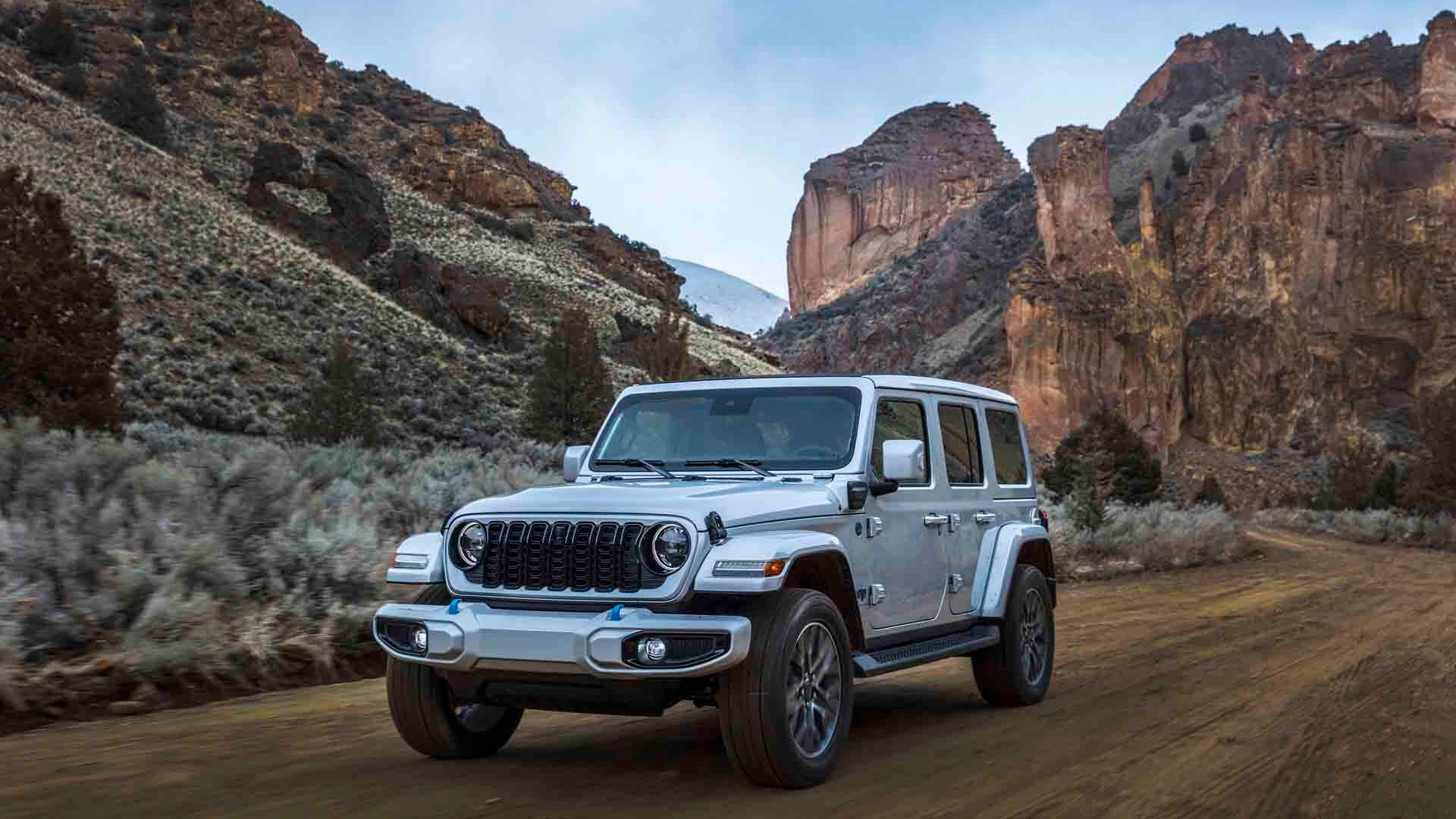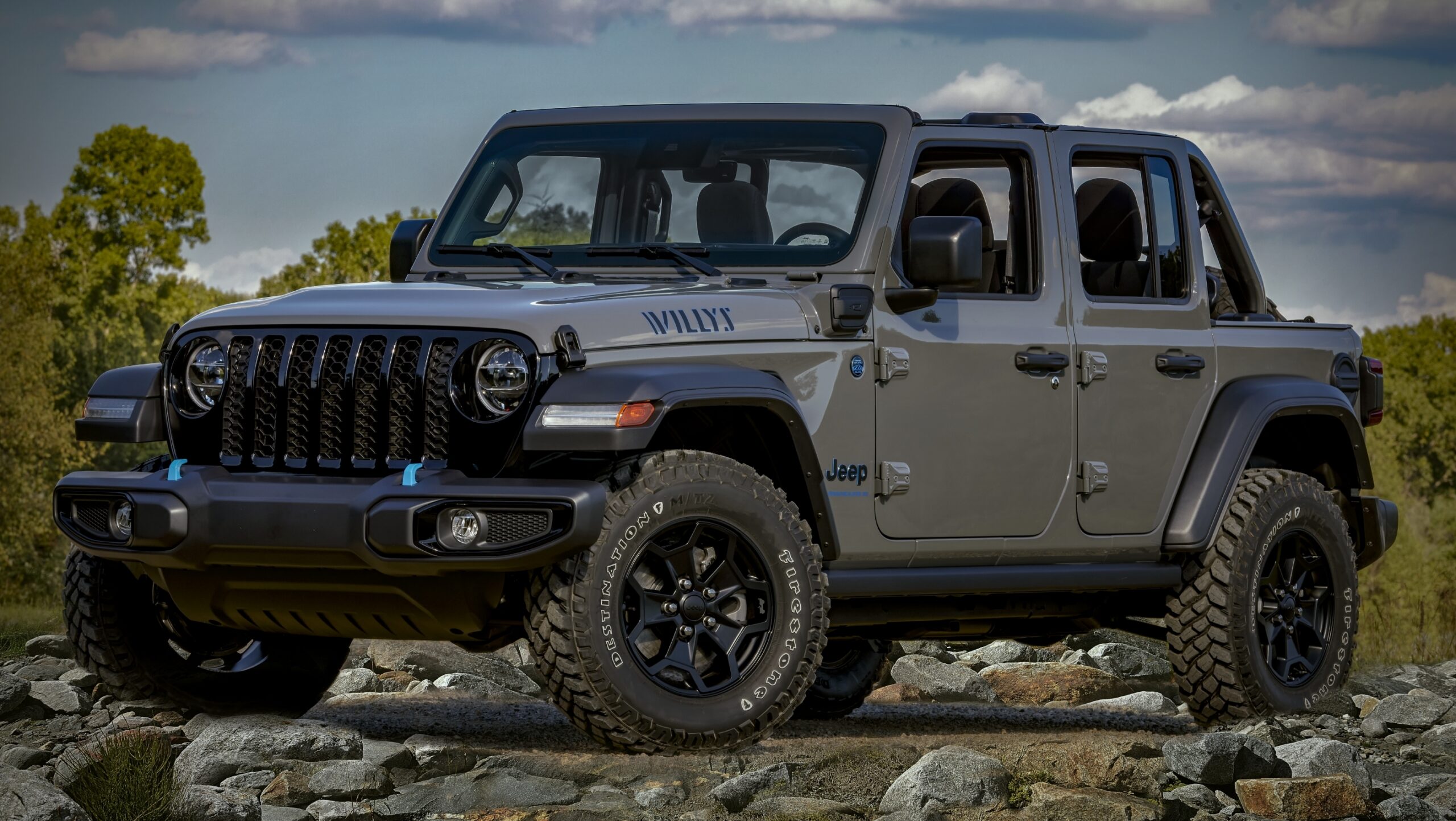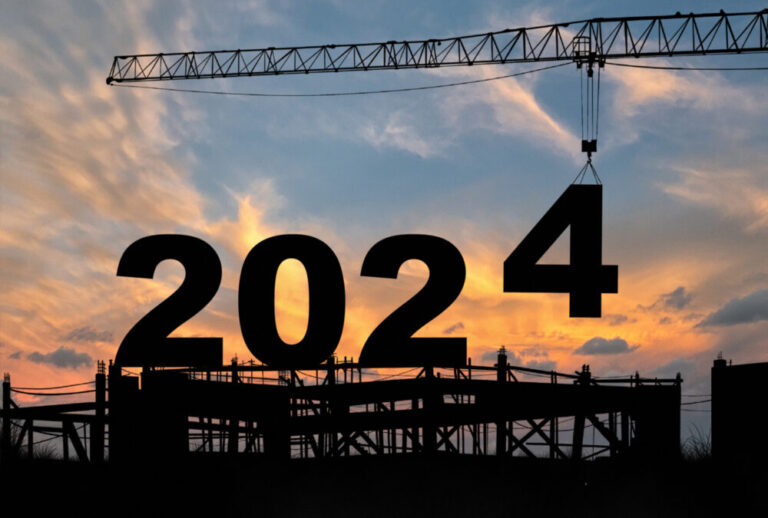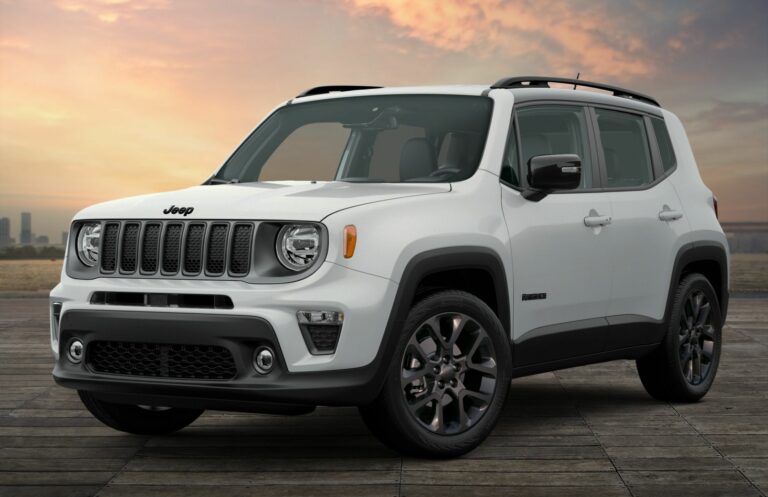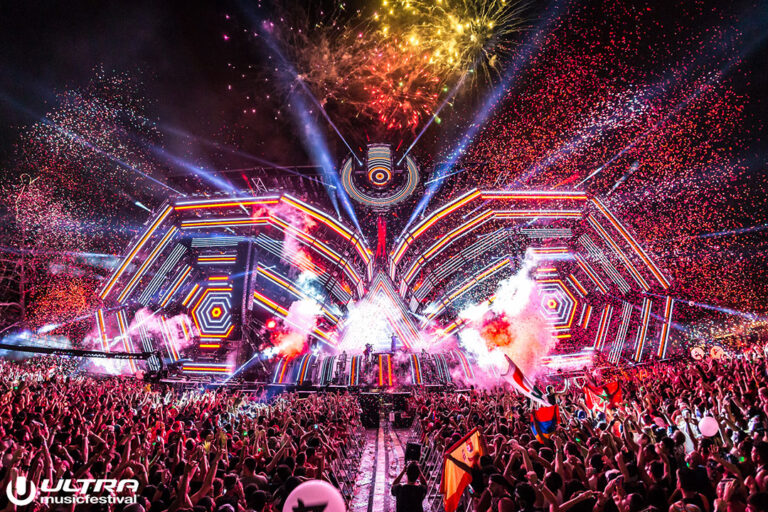The Unbridled Beast: Delving into the World of the Jeep SRT8 750 HP
The Unbridled Beast: Delving into the World of the Jeep SRT8 750 HP jeeps.truckstrend.com
In the realm of high-performance SUVs, few names command as much respect and awe as the Jeep Grand Cherokee SRT8. But for a select group of enthusiasts, the factory-tuned monster, powerful as it is, simply isn’t enough. They crave more – a lot more. This insatiable desire for extreme power and uncompromised speed has given birth to a legend: the Jeep SRT8 750 HP.
This isn’t a factory model you can buy off the lot; rather, it represents a pinnacle of aftermarket engineering and a testament to pushing automotive boundaries. A 750 HP SRT8 is a meticulously crafted, highly modified machine, transforming an already formidable SUV into a supercar slayer, capable of humbling sports cars and leaving an indelible mark on anyone who experiences its brutal acceleration. It’s a statement of ultimate performance, a harmonious (or perhaps violent) blend of utility and raw, untamed power, making it a dream for those who believe that too much power is just enough.
The Unbridled Beast: Delving into the World of the Jeep SRT8 750 HP
The Genesis of Power: Understanding the Base SRT8
To truly appreciate the transformation to 750 HP, one must first understand the foundation. The Jeep Grand Cherokee SRT8, introduced first as the WK1 (2006-2010) and then the more refined WK2 (2012-2021), was already a marvel of performance engineering.
The WK1 SRT8 packed a 6.1-liter naturally aspirated HEMI V8, churning out a respectable 420 horsepower and 420 lb-ft of torque. It was quick, aggressive, and undeniably a muscle SUV. However, it was the WK2 generation that truly set the stage for extreme modifications. Equipped with a larger 6.4-liter (392 cubic inch) naturally aspirated HEMI V8, it boasted 470 horsepower (later 475 HP) and 465 lb-ft of torque. This powerful engine, combined with a performance-tuned all-wheel-drive system, Brembo brakes, and a track-ready suspension, made the stock SRT8 capable of 0-60 mph sprints in the low 4-second range.
Despite these impressive figures, the allure of supercar-level performance in an SUV format drove enthusiasts to seek more. The robust HEMI platform, with its large displacement and strong aftermarket support, proved to be an ideal candidate for significant power upgrades, paving the way for the elusive 750 HP mark.
Achieving 750 HP: The Path to Extreme Performance
Reaching 750 horsepower in a Jeep SRT8 is no small feat; it’s a comprehensive engineering endeavor that demands significant modifications to nearly every aspect of the powertrain. The primary method involves forced induction, but it’s the supporting modifications that truly ensure reliability and longevity.
Forced Induction: The Heart of the Beast
- Superchargers: This is the most common and often preferred method for achieving high horsepower in SRT8s due to their linear power delivery and relative ease of installation compared to turbos.
- Roots/Twin-Screw Superchargers: These blowers sit atop the engine, delivering instant boost from low RPMs. Brands like Whipple, Magnuson, and Kenne Bell are popular choices. They offer incredible low-end torque, making the SRT8 feel immensely powerful off the line.
- Centrifugal Superchargers: Brands like ProCharger and Vortech offer these, which are belt-driven and operate more like a turbocharger, building boost as RPMs increase. They provide a more progressive power delivery, often resulting in higher peak horsepower.
- Turbochargers: While less common due to packaging constraints and heat management challenges, twin-turbo setups can also push an SRT8 well past 750 HP. Turbos offer incredible efficiency and power potential but typically have more lag than superchargers and require more complex fabrication and plumbing.

Engine Internals & Supporting Modifications: Building for Strength
Simply bolting on a supercharger or turbo is a recipe for disaster. To reliably handle 750 HP, the engine’s internal components must be significantly upgraded:
- Forged Internals: The stock cast pistons and connecting rods cannot withstand the increased cylinder pressures. Forged pistons, connecting rods, and often an upgraded crankshaft are essential for durability.
- Camshaft Upgrade: A more aggressive camshaft profile is needed to optimize valve lift and duration for forced induction, allowing the engine to breathe more efficiently at higher RPMs and boost levels.
- Cylinder Head Work: Porting, polishing, and upgraded valves/springs improve airflow and reinforce the valvetrain.
- Fuel System Upgrades: The stock fuel system is insufficient. Larger fuel injectors, high-flow fuel pumps (often multiple), upgraded fuel lines, and a dedicated fuel pressure regulator are critical to supply enough fuel under boost.
- Exhaust System: High-flow headers, larger diameter mid-pipes, and a less restrictive cat-back exhaust are necessary to reduce back pressure and allow the engine to exhale efficiently.
- Cooling System: Generating 750 HP creates immense heat. An upgraded radiator, high-capacity intercooler (for forced induction), oil cooler, and potentially a larger transmission cooler are vital to prevent overheating and power loss.
- Transmission & Drivetrain Reinforcement: The stock transmission (typically a 5-speed NAG1 or 8HP70/90) and drivetrain components (driveshafts, differentials, axles) are pushed to their absolute limits. Upgrades often include stronger clutches, a performance torque converter, upgraded driveshafts (carbon fiber or stronger steel), and reinforced axles to handle the immense torque.
Engine Management & Tuning: The Brains Behind the Brawn
This is arguably the most critical aspect of any high-horsepower build. A custom ECU tune is absolutely essential to optimize air-fuel ratios, ignition timing, and boost control for the new hardware. This process is typically done on a dynamometer (dyno) by experienced tuners, ensuring maximum power output while maintaining a safe operating environment for the engine. Without a proper tune, the risk of catastrophic engine failure is extremely high.
Driving the Beast: Performance & Experience
The experience of driving a 750 HP Jeep SRT8 is nothing short of exhilarating. It transforms a family-friendly SUV into a road-going missile.
- Brutal Acceleration: Imagine being shoved back into your seat with the force of a roller coaster launch, all while sitting comfortably in a spacious SUV. 0-60 mph times can drop into the very low 3-second range, with quarter-mile times potentially in the high 10s or low 11s.
- Unrelenting Power: The power delivery is immense and relentless. Whether it’s a supercharger’s instant torque or a turbo’s building surge, the feeling of acceleration is constant and addictive.
- Handling Considerations: While power is the focus, the increased speed necessitates improvements in handling and braking. Upgraded suspension components (coilovers, sway bars), wider and stickier performance tires, and enhanced braking systems (larger rotors, multi-piston calipers) are crucial for control and safety.
- Daily Drivability: Surprisingly, many 750 HP SRT8s can retain a degree of daily drivability, especially if built by a reputable shop with careful tuning. However, fuel consumption will be significantly higher, and the exhaust note will be more aggressive. It’s a compromise: you gain incredible performance, but you sacrifice some of the stock vehicle’s quiet comfort.
Important Considerations & Challenges
Building and owning a 750 HP SRT8 is not for the faint of heart or light of wallet. Several critical considerations and potential challenges must be addressed:
- Reliability vs. Power: There’s an inverse relationship. While a well-built 750 HP SRT8 can be reliable, it will never be as bulletproof as a stock vehicle. Components are under immense stress, and proper maintenance is paramount.
- Cost: This is a major hurdle. The price tag for parts, labor, and tuning to reach 750 HP reliably can easily exceed the cost of the base vehicle itself.
- Maintenance: More frequent oil changes, checks of all critical components, and specialized fluid changes become standard. Any unusual noise or behavior needs immediate attention.
- Heat Management: This is a constant battle. High horsepower generates extreme heat, which can lead to power loss (heat soak) or component failure. Adequate cooling solutions are non-negotiable.
- Traction: Getting 750 HP to the ground, especially from a standstill, can be challenging. High-performance tires and a sophisticated all-wheel-drive system are essential, but wheelspin remains a factor.
- Legality & Emissions: Modifications, especially to the exhaust and engine management, can make the vehicle non-compliant with local emissions regulations. Check your local laws before embarking on such a build.
- Insurance: Insuring a highly modified vehicle can be more expensive and sometimes challenging. Disclosure of modifications is crucial.
- Finding a Reputable Shop: The quality of the build is directly proportional to the expertise of the shop. Researching and choosing a tuner and builder with a proven track record in high-horsepower HEMI builds is paramount.
Tips for Building or Owning a 750 HP SRT8
For those dreaming of or embarking on the journey to 750 HP, here’s some practical advice:
- Set a Realistic Budget: Add at least 20-30% contingency to your initial budget, as unexpected costs can arise.
- Research, Research, Research: Spend countless hours researching parts, shops, and real-world experiences from other owners. Join online forums and communities.
- Don’t Cut Corners: Especially on critical engine internals, fuel system components, and cooling. Skimping here will lead to costly failures.
- Prioritize Reliability Over Peak Numbers: A reliable 700 HP car is far more enjoyable than a broken 750 HP one. Focus on a well-rounded, safe tune.
- Invest in Cooling and Braking: Power is nothing without control and the ability to stop. These are often overlooked but are vital for safety and performance.
- Adhere to a Strict Maintenance Schedule: Treat your modified SRT8 like a race car. Regular checks and preventative maintenance are your best friends.
- Start with a Solid Base Vehicle: A well-maintained, lower-mileage stock SRT8 will provide a much better foundation for a high-horsepower build.
- Understand the Risks: Be prepared for potential issues, increased running costs, and the fact that a highly modified vehicle may not retain its value as well as a stock one.
Estimated Cost Breakdown for a Jeep SRT8 750 HP Build
It’s crucial to understand that a "Jeep SRT8 750 HP" is a custom-built vehicle. Its price is the sum of the base vehicle’s cost and the extensive modifications. The figures below are estimates and can vary significantly based on parts quality, labor rates, and regional differences.
| Component Category | Estimated Cost Range (USD) | Notes |
|---|---|---|
| Base Vehicle (Used SRT8) | $20,000 – $60,000+ | WK1 (older, cheaper) to WK2 (newer, more expensive). Condition, mileage, and year greatly affect price. |
| Forced Induction Kit | $8,000 – $15,000+ | Supercharger (Whipple, ProCharger, Magnuson) or Turbo kit. Cost varies by brand, type, and included components. |
| Engine Internals | $5,000 – $10,000+ | Forged pistons, connecting rods, upgraded camshaft, valvetrain components. Essential for reliability. |
| Fuel System Upgrades | $1,500 – $3,000+ | Larger injectors, high-flow fuel pumps, fuel lines, regulator. |
| Exhaust System | $1,000 – $3,000+ | Long-tube headers, high-flow mid-pipes, cat-back exhaust. |
| Cooling System Upgrades | $1,000 – $2,500+ | Upgraded radiator, intercooler, oil cooler, transmission cooler. |
| Transmission & Drivetrain | $3,000 – $8,000+ | Performance torque converter, transmission strengthening (clutches, valve body), upgraded driveshaft, axles. |
| Suspension & Brakes | $2,000 – $6,000+ | Coilovers, sway bars, larger rotors, performance brake pads, steel-braided lines. Highly variable based on desired performance. |
| Wheels & Tires | $2,000 – $5,000+ | High-performance sticky tires are a must. Lighter/wider wheels can improve handling and aesthetics. |
| Engine Management & Tuning | $1,500 – $3,000+ | Custom ECU calibration on a dyno by an experienced tuner. Crucial for safety and performance. |
| Installation Labor | $5,000 – $15,000+ | Highly dependent on shop rates, complexity of the build, and how much of the work is outsourced. This can be the largest variable cost. |
| Miscellaneous/Contingency | $2,000 – $5,000+ | Unexpected parts, fluids, shop supplies, additional sensors, gauges, dyno time adjustments. Always budget extra. |
| Total Estimated Build Cost (excluding base vehicle) | $33,000 – $70,000+ | This is the cost on top of the price of the used SRT8. |
| Total Estimated Price (Base Vehicle + Modifications) | $53,000 – $130,000+ | This range highlights the wide variability. A meticulously built, top-tier 750 HP SRT8 on a newer WK2 platform will be at the higher end. |
Frequently Asked Questions (FAQ) about the Jeep SRT8 750 HP
Q1: Is a 750 HP Jeep SRT8 reliable?
A1: With a proper, well-executed build using high-quality components and a conservative tune, it can be reasonably reliable. However, it will never be as reliable as a stock vehicle. Components are under immense stress, requiring more frequent and meticulous maintenance. Expect a higher risk of issues compared to a non-modified car.
Q2: How much does it cost to build a 750 HP SRT8?
A2: As detailed in the table above, the cost for modifications alone typically ranges from $33,000 to over $70,000, not including the price of the base vehicle. The total cost, including a used SRT8, can easily range from $53,000 to over $130,000.
Q3: Can I daily drive a 750 HP SRT8?
A3: Yes, many owners do. However, be prepared for significantly increased fuel consumption (premium fuel is a must), a louder exhaust note, potentially stiffer suspension, and the need for more frequent and specialized maintenance. It’s a compromise between extreme performance and everyday comfort.
Q4: What’s the best way to achieve 750 HP – supercharger or turbo?
A4: Superchargers (especially twin-screw or Roots type) are generally preferred for SRT8s due to their simpler installation, more linear power delivery, and less complexity in plumbing and heat management. Turbo setups can achieve higher peak power but often require more custom fabrication and are more prone to heat issues. The "best" depends on your budget, desired power delivery, and the expertise of your chosen builder.
Q5: What are the common issues or failure points with high-horsepower SRT8s?
A5: Common issues include heat management (especially with forced induction), transmission failures (if not upgraded), drivetrain component wear (driveshafts, axles, differentials), fuel system issues, and engine internal failures if not properly built or tuned. Proper cooling, strong internals, and a robust fuel system are critical.
Q6: Do I need special insurance for a modified SRT8?
A6: Yes, it’s highly recommended to inform your insurance provider about all significant modifications. Some standard policies may not cover highly modified vehicles or may only cover the "stock" value. You might need a specialized agreed-value policy to ensure proper coverage in case of an accident or theft.
Q7: How long does a 750 HP build typically take?
A7: The build time can vary greatly depending on the shop’s schedule, the availability of parts, and the complexity of the modifications. It can range from a few weeks for a relatively straightforward supercharger install with supporting mods to several months for a full engine build and comprehensive tuning.
Concluding Summary
The Jeep SRT8 750 HP represents the pinnacle of performance SUV modification – a true testament to the relentless pursuit of power and speed. It transforms an already capable vehicle into a street-legal monster, capable of delivering thrills that few other vehicles can match. Achieving this level of performance requires a significant investment of time, money, and expertise, with forced induction, strengthened internals, and meticulous tuning being the cornerstones of such a build.
While the journey to 750 HP is fraught with challenges, from immense costs to complex engineering and ongoing maintenance, the reward for the dedicated enthusiast is an unparalleled driving experience. It’s a demanding ownership, but for those who dare to tame the beast, the Jeep SRT8 750 HP stands as a magnificent, uncompromised expression of automotive passion and engineering prowess.
